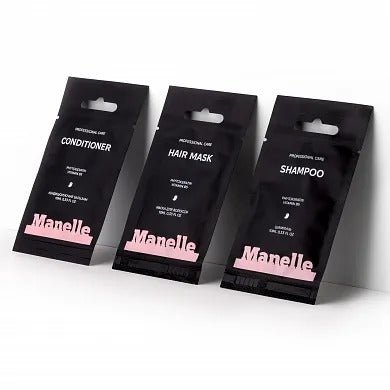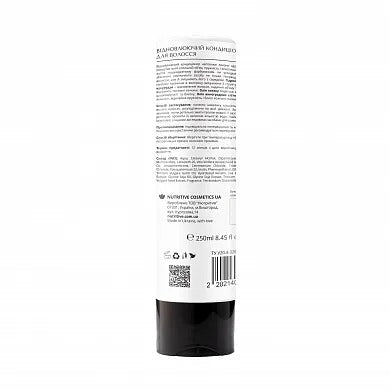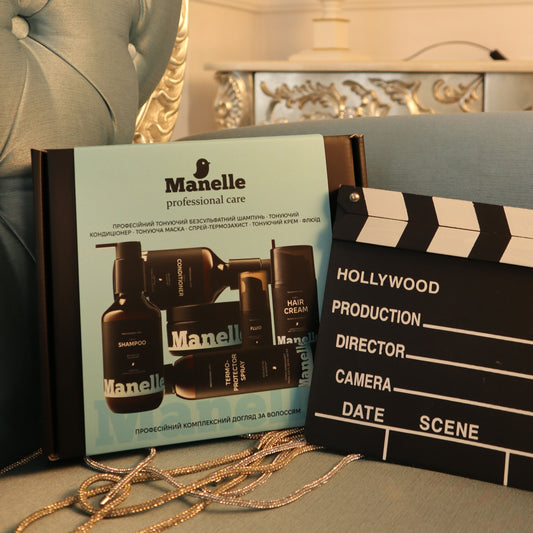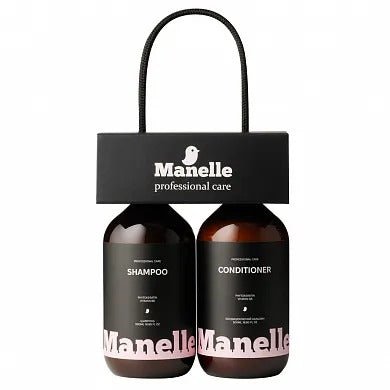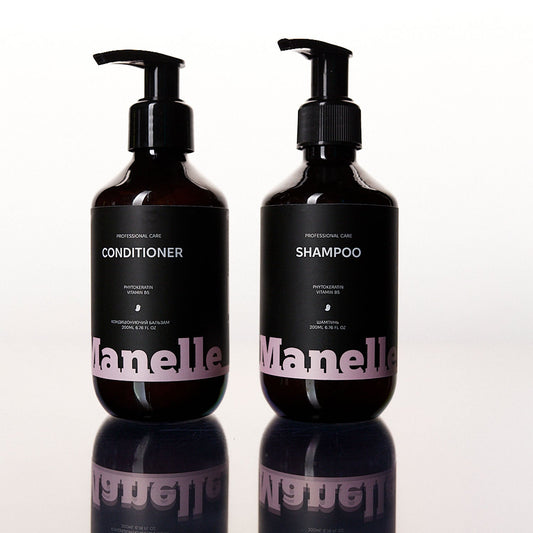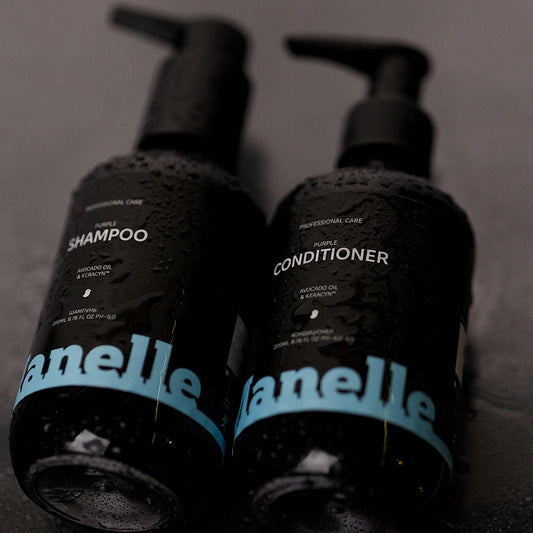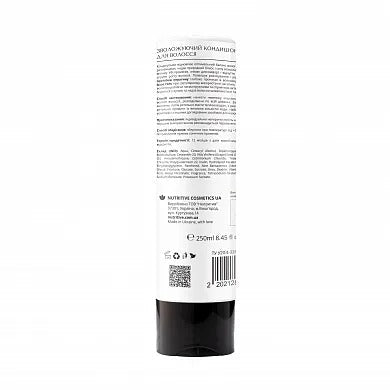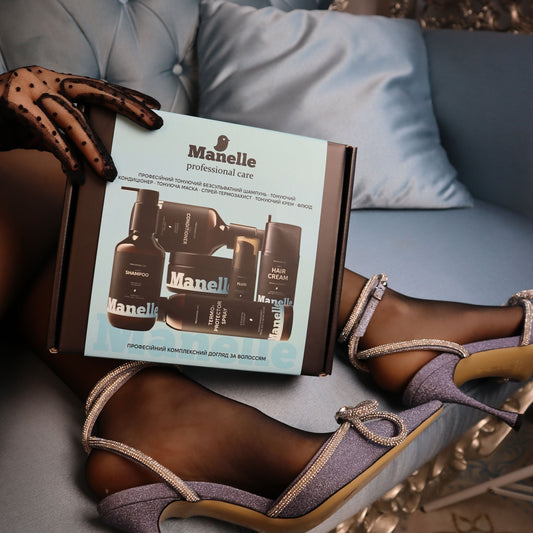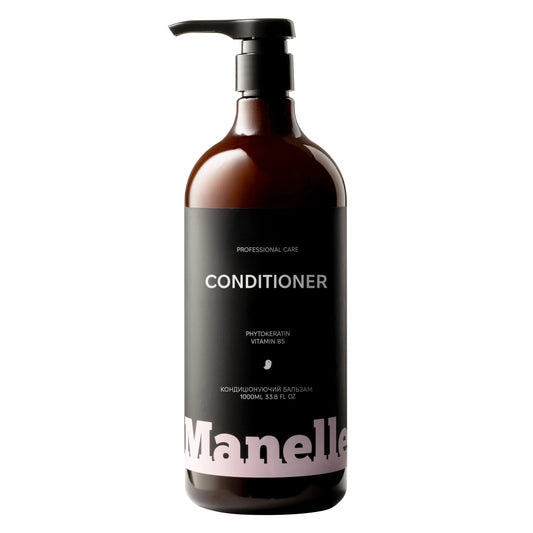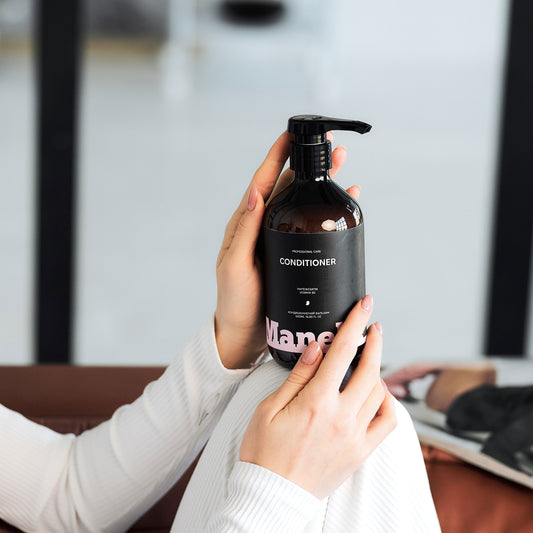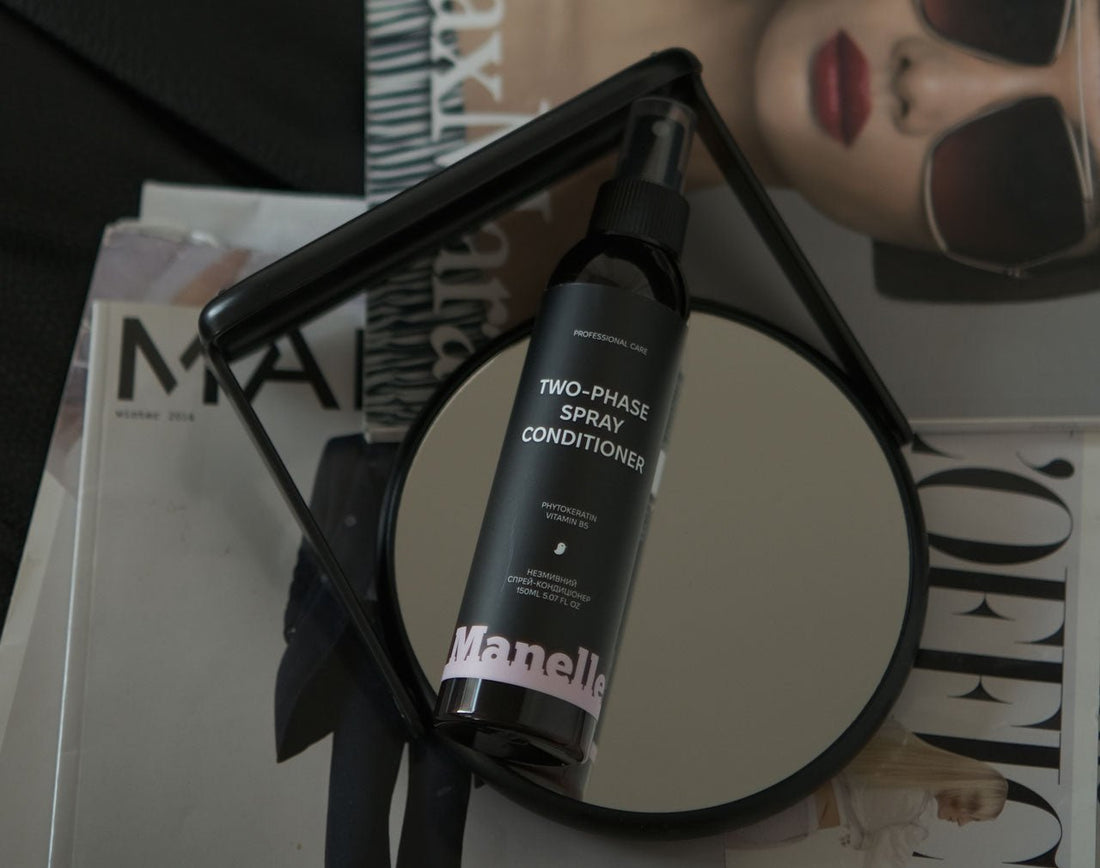
Natural conditioner: the key to repairing damaged hair
Finding a quality natural conditioner to buy has become a priority for millions of people who want healthy and beautiful hair without harmful chemical components. The modern rhythm of life, constant stress, aggressive environment and frequent use of thermal tools make the question "how to restore damaged hair" extremely relevant. Natural conditioners are becoming a real salvation for those who are looking for effective but safe solutions to restore the health and beauty of their curls.
Why choose a natural hair conditioner?
Natural hair conditioner differs from conventional products primarily in its composition and principle of action. Instead of aggressive silicones, parabens and sulfates, natural formulas contain plant extracts, oils and proteins that work in harmony with the natural structure of the hair. Imagine hair as a delicate tissue - chemical components may provide a temporary effect, but gradually destroy the structure, while natural ingredients gently restore and strengthen it from the inside.
The main advantage of natural conditioner is the cumulative effect. If synthetic products give instant but superficial results, then natural ingredients gradually restore hair at the cellular level. Each use becomes a step towards healthier hair, and not a temporary masking of problems. This is especially important for people who are thinking about how to restore damaged hair in a long-term and safe way.
Natural conditioners also have a minimal risk of allergic reactions and side effects. They are suitable for people with sensitive scalps, do not cause irritation and can even be used by children. In addition, natural cosmetics often have pleasant, non-intrusive fragrances thanks to essential oils and plant extracts, which makes the care procedure a real pleasure.

How to restore damaged hair: a comprehensive approach
The answer to the question "how to restore damaged hair" lies in understanding the causes of damage and applying a comprehensive approach to treatment. Hair damage can be mechanical (from rough combing, tight hairstyles), thermal (from a hair dryer, iron, curling iron), chemical (from dyeing, lightening, perming) or lifestyle-related (stress, poor diet, ecology).
The restoration process should begin with an analysis of the hair condition and determination of the type of damage. If the hair is brittle and dry, intensive hydration and nutrition are required. If the shine and elasticity are lost, proteins and amino acids are needed. Split ends require deep structural restoration and regular trimming. Understanding the specifics of the problem allows you to choose the right treatment strategy.
A comprehensive approach to restoration includes three main areas: proper cleansing with sulfate-free shampoos , intensive conditioning with natural products, and additional treatment procedures (masks, serums, oils). It is important to understand that restoration is a process that requires time and patience. The first noticeable changes appear after 2-3 weeks of regular care, and full restoration can take 3-6 months, depending on the degree of damage.
Key Ingredients of Natural Conditioners
The effectiveness of a natural conditioner depends on the quality and concentration of active ingredients. Keratin and silk proteins are the basis for restoring the hair structure - they fill microcracks and restore elasticity. Vegetable oils (argan, jojoba, coconut, avocado) provide deep nutrition and hydration, creating a protective barrier around the hair.
Panthenol (provitamin B5) has a unique ability to penetrate the hair structure and retain moisture. It is especially effective in restoring elasticity and reducing brittleness. Hyaluronic acid of different molecular weight categories provides multi-level hydration - from the surface of the hair to its deep layers. Amino acids (arginine, lysine, cysteine) are the building blocks of hair and help restore its natural structure.
Plant extracts add specific properties to the conditioner. Nettle extract strengthens hair and stimulates growth, chamomile soothes the scalp and adds natural shine to light hair, and hop extract improves elasticity and volume. Essential oils not only provide a pleasant aroma, but also have therapeutic properties - lavender soothes, rosemary stimulates blood circulation, and ylang-ylang adds shine.
Where to buy natural conditioner
The question of where to buy natural conditioner is becoming increasingly relevant with the growing demand for ecological cosmetics. Today, high-quality natural products can be found in specialized stores of organic cosmetics, large chain pharmacies, online stores and even some supermarkets in the health food departments. It is important to pay attention not only to the price, but also to the reputation of the seller and the storage conditions of the products.
When choosing a place to buy, consider the possibility of consulting with a specialist. Specialized organic cosmetics stores often have consultants who can help you choose a product according to your hair type and specific needs. Online shopping is convenient, but it is important to read reviews from other buyers and check product quality certificates.
Here are the main criteria for choosing a reliable place to buy:
- Seller reputation: check store reviews and ratings
- Quality certificates: availability of official documents for products
- Storage conditions: correct temperature and protection from sunlight
- Expiration dates: fresh produce with sufficient shelf life
- Return Policy: Quality Guarantee and Exchange Option
- Consultations: availability of qualified consultants
- Assortment: wide selection of brands and product types

Homemade recipes for natural hair conditioners
Making your own natural conditioner at home is not only cost-effective, but it also allows you to fully control the composition of the product. Homemade conditioners can be just as effective as store-bought ones, especially if you use high-quality natural ingredients. The basis of a homemade conditioner is moisturizing and nourishing ingredients: oils, honey, egg yolk, kefir or yogurt.
One of the simplest recipes involves mixing coconut oil (2 tablespoons), honey (1 tablespoon) and egg yolk. This conditioner intensively nourishes dry and damaged hair. For oily hair, a mixture of kefir (100 ml), lemon juice (1 tablespoon) and a few drops of rosemary essential oil is suitable. Such a conditioner normalizes the work of the sebaceous glands and adds volume.
For deep restoration, you can prepare a conditioner from avocado (1 pc.), olive oil (2 tablespoons) and honey (1 tablespoon). Mash the avocado until smooth, add oil and honey, mix thoroughly. Apply to damp hair after shampooing, leave for 15-20 minutes, rinse with warm water. This conditioner is especially effective for very dry and brittle hair.
Restoration technologies: from salon treatments to home care
Modern hair restoration technologies combine professional salon treatments and home care with natural remedies. Salon treatments such as keratin restoration, lamination or hair botox give quick and visible results, but require regular repetition and may contain chemical components. Home care with natural conditioners works slower, but provides a long-lasting effect without side effects.
Innovative home devices can also help in the recovery process. Ionizing hair dryers reduce static and prevent frizz. Ultrasonic hair devices improve the penetration of active ingredients from conditioners and masks. LED therapy stimulates blood circulation in the scalp and accelerates regeneration processes.
Combining different approaches gives the best results. For example, once a month you can do a professional procedure in the salon, and every week - intensive masks at home with natural conditioners. It is important to maintain regularity and not overload the hair with too frequent procedures. Hair, like the skin, needs time to recover and absorb nutrients.
Hair restoration mistakes: what to avoid
Many people, trying to quickly repair damaged hair, make mistakes that can make the situation worse. The most common mistake is using too much product at once. Hair can become "overloaded" with excess protein or oil, which leads to stiffness or, conversely, an overly greasy appearance. The principle of "less is more" works perfectly in hair care.
The second common mistake is unrealistic expectations about the speed of recovery. Severely damaged hair cannot recover in a week or even a month. Healthy hair grows about 1 cm per month, so it can take a year or more to completely renew long hair. Patience and consistency are the keys to successful recovery.
The third mistake is ignoring internal factors. No, even the best natural conditioner will help if the body does not receive enough vitamins, minerals and protein. Improper nutrition, stress, hormonal disorders can nullify all external efforts. A comprehensive approach should include taking care of the overall health of the body.

Seasonal care and adaptation of the recovery program
The hair restoration process must adapt to seasonal changes and external factors. In winter, hair needs more intensive hydration due to dry air from heating and temperature changes. During this period, it is worth using richer conditioners with oils and butters, increasing the frequency of nourishing masks and adding protective products against static electricity.
In summer, the emphasis is on protection from UV rays, seawater and chlorine in swimming pools. Natural conditioners with UV filters (for example, with raspberry seed oil or zinc oxide) become especially relevant. After each visit to the beach or swimming pool, it is necessary to thoroughly rinse your hair with fresh water and use restorative masks.
Spring and autumn are the ideal times for intensive restorative courses. During these periods, hair is naturally renewed, so it is actively

